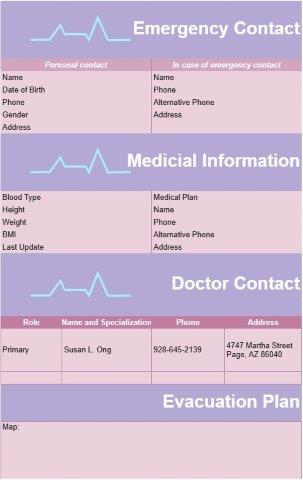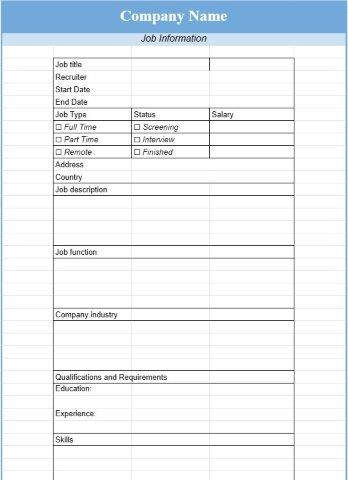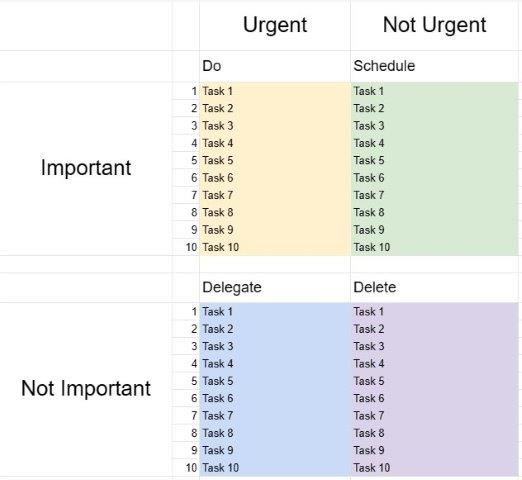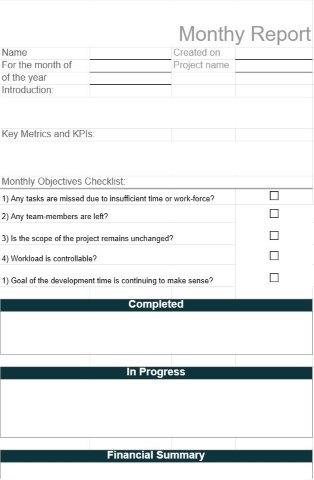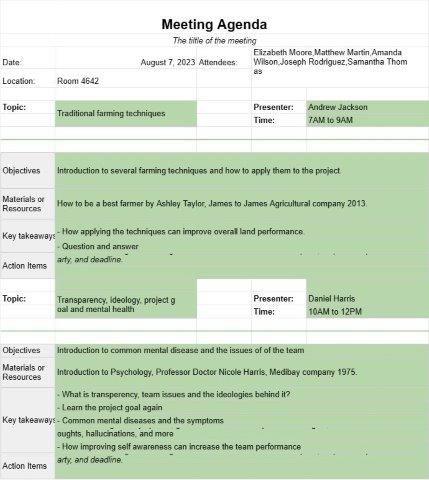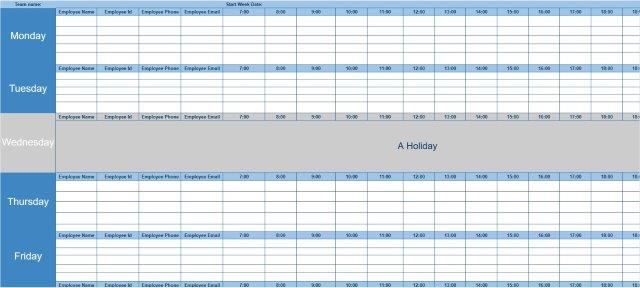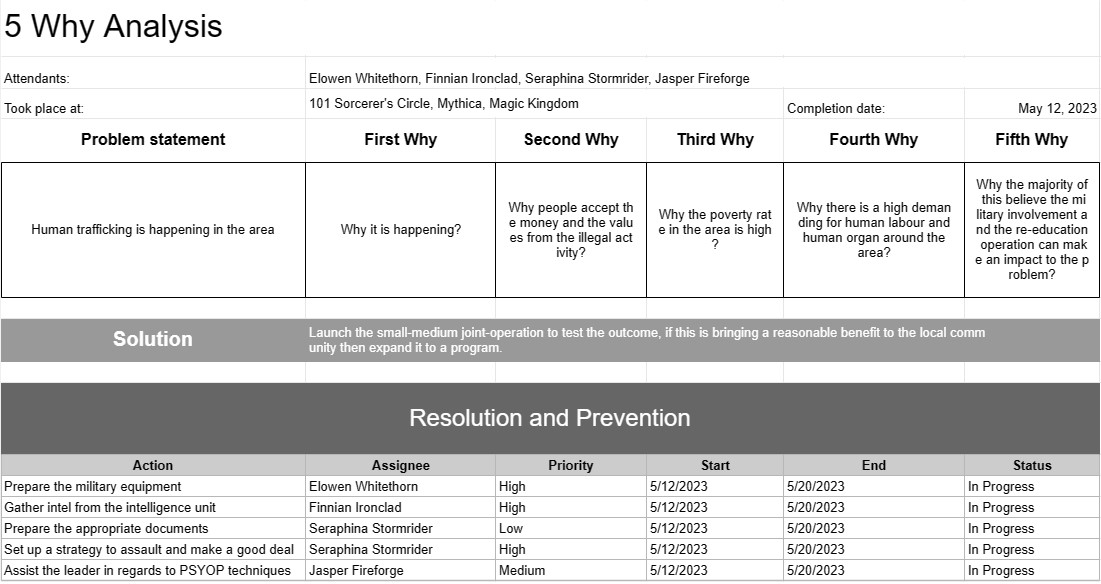

5 Why Analysis
類別 : 規劃師
The model is using by team to analyze and solve a vast amount of issues, this can be used in multiple scenarios across the industries.
The 5 Why Analysis Template is a structured problem-solving technique that is often used in quality management and continuous improvement processes, such as Six Sigma and Lean methodologies. It is a simple yet powerful tool for identifying the root causes of problems or issues within an organization or a process.
The name "5 Why" reflects the practice of asking "why" repeatedly, typically five times, to delve deeper into the underlying causes of a problem. The goal is to move beyond the immediate or surface-level reasons for an issue and uncover the fundamental factors that contribute to it.
Here's how the 5 Why Analysis process typically works:
- Step 1:Identify the Problem - Begin by clearly defining the problem or issue that needs to be addressed. This should be a specific and observable problem, such as defects in a product, delays in a process, or errors in a service.
- Step 2:Ask "Why" - Ask why the problem occurred and record the answer. This answer becomes the basis for the next "why" question.
- Step 3:Repeat the Process - Continue asking "why" for each answer you receive, typically up to five times or until you reach a point where further questioning doesn't provide meaningful insights. The goal is to trace the problem back to its root cause.
- Step 4:Identify Solutions - Once you have identified the root cause(s), you can develop and implement solutions to address them. These solutions are aimed at preventing the problem from recurring.
Example: Let's say a manufacturing company experiences a high rate of product defects. Using the 5 Why Analysis, they might start with the question, "Why are there defects in our products?"The answers might lead them through a series of "why" questions, ultimately revealing that the root cause is inadequate training for the assembly line workers. The solution would then involve providing proper training and supervision to address this root cause.
The 5 Why Analysis Template is a valuable tool for problem-solving and continuous improvement because it encourages a deeper understanding of issues and helps organizations make more informed decisions to prevent problems from recurring.
If you have further questions about any of the other templates from your list, please feel free to ask, and I'll provide detailed explanations for each of them.
輕鬆預覽和下載電子表格模板
查看電子表格模板的完整版本,沒有任何限制,看看您是否喜歡它,然後您可以下載 Excel 模板將其存儲在您的設備上並免費使用。
從任何地方訪問電子表格模板
這適用於所有流行的操作系統,例如 Windows、MacOS、Linux、iOS。您可以查看電子表格模板並下載它們,而無需其他程序。
如何使用模板
按照非常容易遵循的步驟了解如何預覽、下載和使用電子表格模板
更多類似模板
查看更多與所選模板屬於同一類別的電子表格模板。

